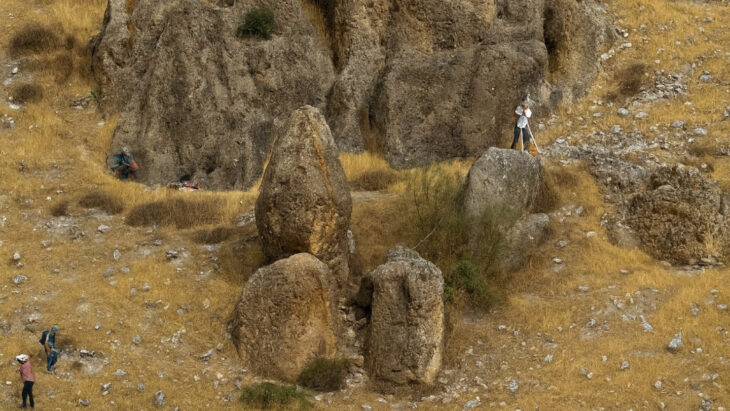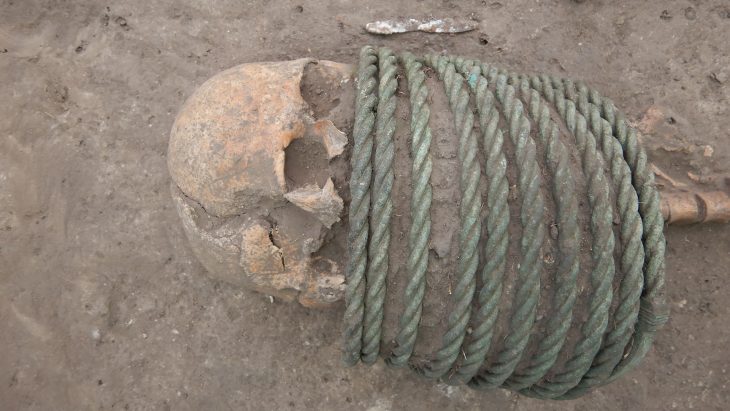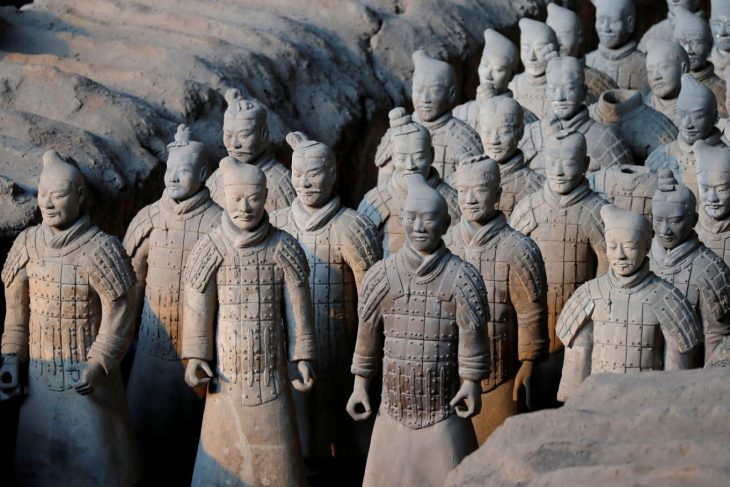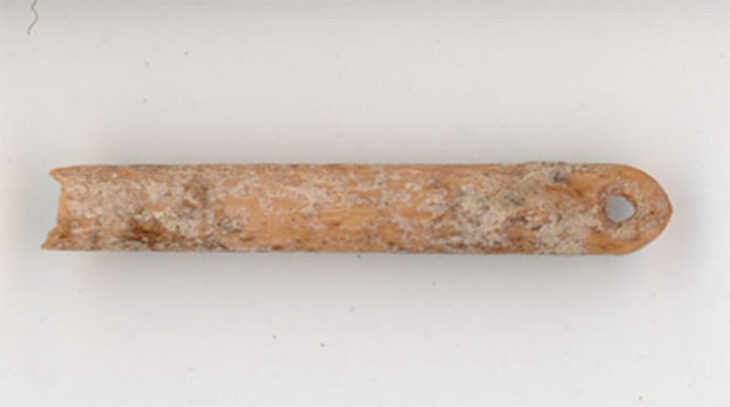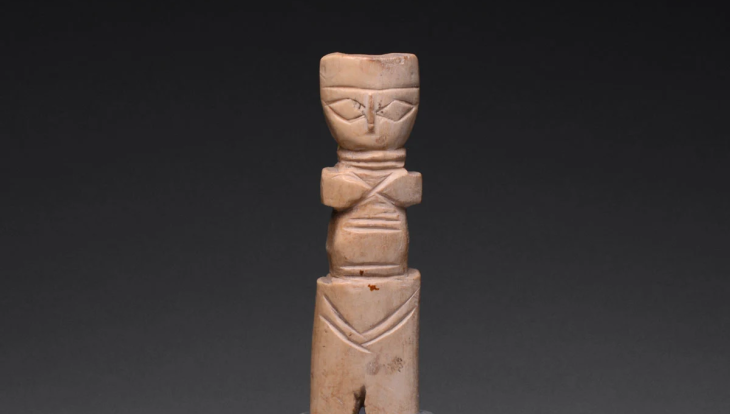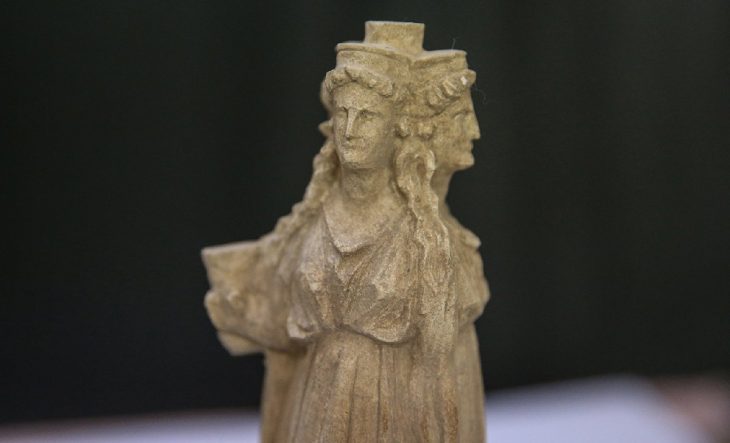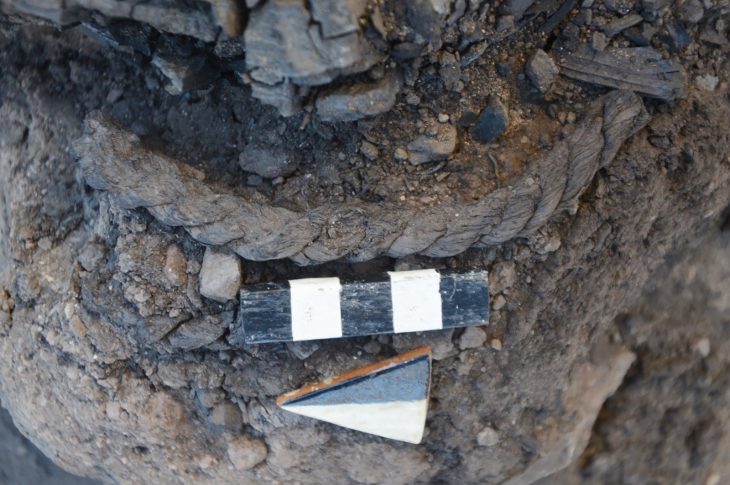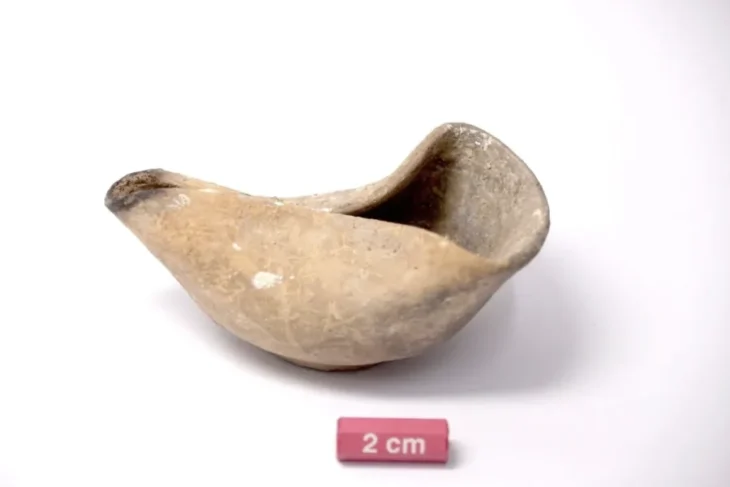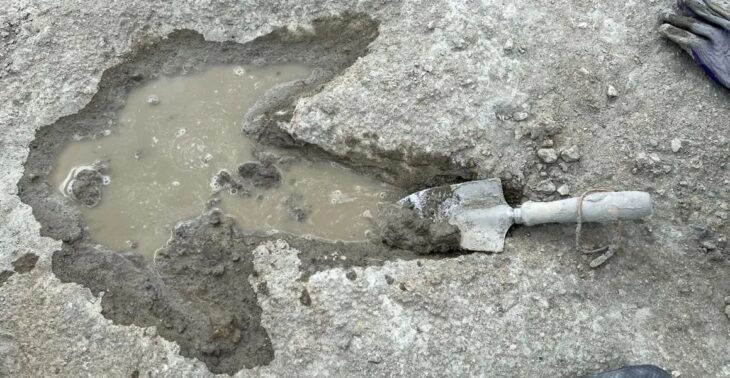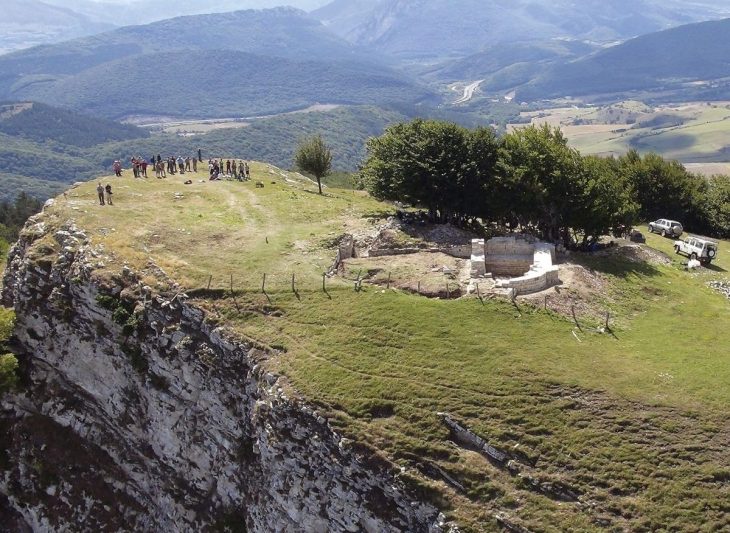The ICUA Zadar team of conservators and archaeologists carried out in situ underwater conservation of the wreckage of the Junkers Ju 87 aircraft, known as the Stuka, achievement showed that it is possible to permanently protect an aircraft wreck under the sea.
As it is known, Croatia was one of the first countries to ratify the 2001 UNESCO Convention for the Protection of Underwater Cultural Heritage. By establishing a high-quality system for archaeological surveying, investigation, and preservation of underwater archaeological sites and finds, Croatia made tremendous strides in underwater archaeology at the start of the twenty-first century.
The ICUA Zadar team of conservators and archaeologists successfully completed a pilot project in October and November 2024 to test in-situ underwater protection for the Junkers Ju 87 aircraft wreck, also known as Stuka.
The “Stuka” is another name for the German dive bomber and ground-attack aircraft, the Junkers Ju 87. It was created by Hermann Pohlmann and made its first flight in 1935. The Ju 87 served the Axis powers from the start of World War II until its conclusion (1939–1945) and made its combat debut in 1937 with the Luftwaffe’s Condor Legion during the 1936–1939 Spanish Civil War.
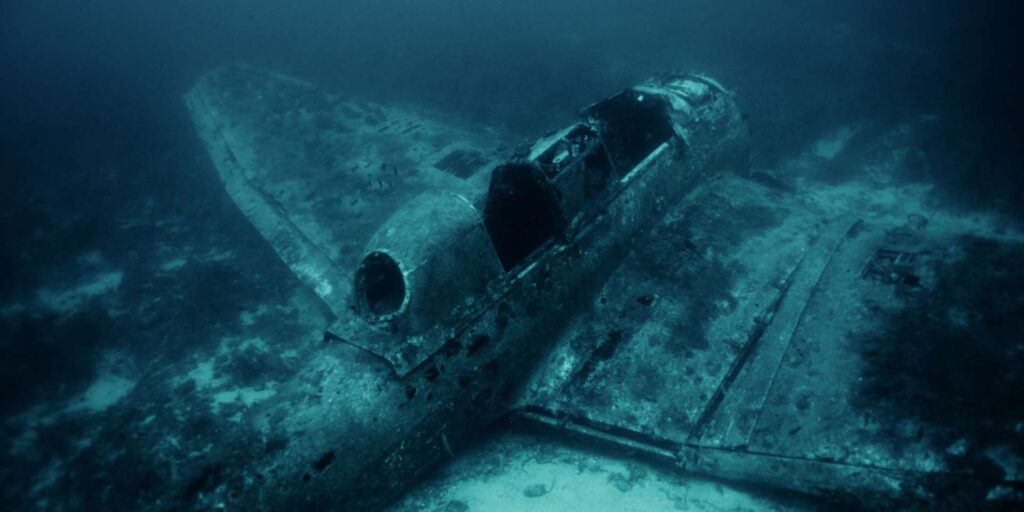
This dive bomber aircraft crashed near the island of Žirje in the Adriatic Sea during World War II.
📣 Our WhatsApp channel is now LIVE! Stay up-to-date with the latest news and updates, just click here to follow us on WhatsApp and never miss a thing!!
In the past, it was thought that underwater aircraft wrecks could not be effectively preserved and that material corrosion would cause them to completely deteriorate and be destroyed in ten to fifteen years. A group of specialists assembled by the ICUA Zadar in May 2024 measured the corrosion on the Stuka wreck in order to conduct a conservation analysis. The results showed that the cathodic protection could be achieved using sacrificial anodes.
In October, the ICUA Zadar team installed two test anodes to assess their effectiveness. Subsequent measurements indicated that the connection of the anodes effectively passivated the wreck, halting further deterioration. This achievement showed that it is possible to permanently protect an aircraft wreck under the sea, making the Stuka the first wreck of its kind where the deterioration process was successfully stopped.

The trial installation of smaller anodes on the Stuka wreck will continue to provide protection in the coming months. In 2025, a comprehensive project will be implemented to protect the Stuka for the next fifteen years using this economically viable method.
There are still many difficulties in the recovery and long-term preservation of underwater archaeological artifacts and it is the consensus of many scientists that in situ preservation is the first choice before further procedures are considered. The exciting results of the project are therefore not only promising but also a major breakthrough.
The Croatian team’s dedication has led to an effective and economically viable way to preserve this wreck as a valuable historical monument and an inspiring diving destination.
Cover Image Credit: Roko Surić, MCPA



